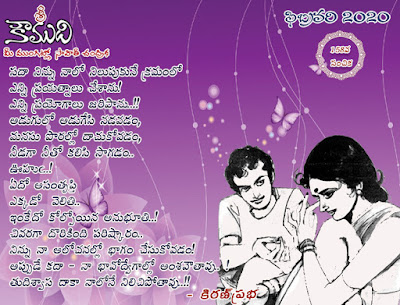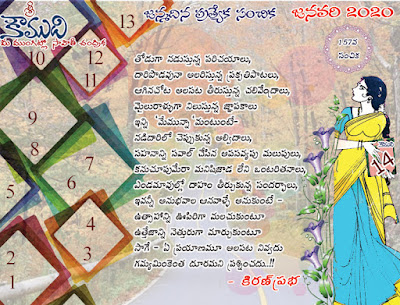SEDITION LAW
The decision to yell a contentious slogan at a public rally may be worth criticising, but it is not grounds for a sedition charge.
Amulya Leona, who shouted pro-Pakistan slogans at an event in Bengaluru on Thursday. | PTI
Sruthisagar Yamunan
Feb 20. 2020
Eighteen-year-old Amulya Leona was charged with sedition on Thursday after she shouted “Pakistan Zindabad” at an anti-Citizenship Amendment Act rally organised by the All India Majlis e Ittehad ul Muslimeen in Bengaluru.
A Facebook post by Leona on February 16 that came to attention after the incident seems to show that the teenager did not intend to single out Pakistan for praise so much as to make the point that humanity should be placed above the territorial idea of a nation state. A translation of the original Kannada message seemed to indicate what Leona was about to say before she was asked to stop her speech at the meeting.
As many
such as Left activist Kavita Krishnan
have pointed out, Leona’s intention was never to celebrate Pakistan. It seems
the legitimate anxiety that the chant created at the event led to the
unfortunate consequence of her being stopped from completing her statement. As
a result, she is heard shouting “Pakistan Zindabad” three times before the
microphone was taken away from her.
The decision to yell a contentious slogan at a public rally may be worth criticising, but it is not grounds for a sedition charge.
Amulya Leona, who shouted pro-Pakistan slogans at an event in Bengaluru on Thursday. | PTI
Sruthisagar Yamunan
Feb 20. 2020
Eighteen-year-old Amulya Leona was charged with sedition on Thursday after she shouted “Pakistan Zindabad” at an anti-Citizenship Amendment Act rally organised by the All India Majlis e Ittehad ul Muslimeen in Bengaluru.
...........
A Facebook post by Leona on February 16 that came to attention after the incident seems to show that the teenager did not intend to single out Pakistan for praise so much as to make the point that humanity should be placed above the territorial idea of a nation state. A translation of the original Kannada message seemed to indicate what Leona was about to say before she was asked to stop her speech at the meeting.
“Hindustan
zindabad, Pakistan zindabad, Bangladesh zindabad, Sri Lanka zindabad, Nepal
zindabad, China zindabad, Afghanistan zindabad, Bhutan zindabad,” Leona had
written. “Whichever country it may be, zindabad to all countries.”
She
added, “Children are taught that country means territory. But, we, the
children, want to tell you –a country is its people. Every person is entitled
to basic amenities. All the people should have citizenship rights. The
governments of all countries should look after its people in a good manner.
Zindabad to everyone who works in the service of people.”
Despite
the criticism of Leona’s action, it is clear is that the police’s decision to
invoke the sedition
law is disproportionate.
............
.............
Read full article: scrollin







